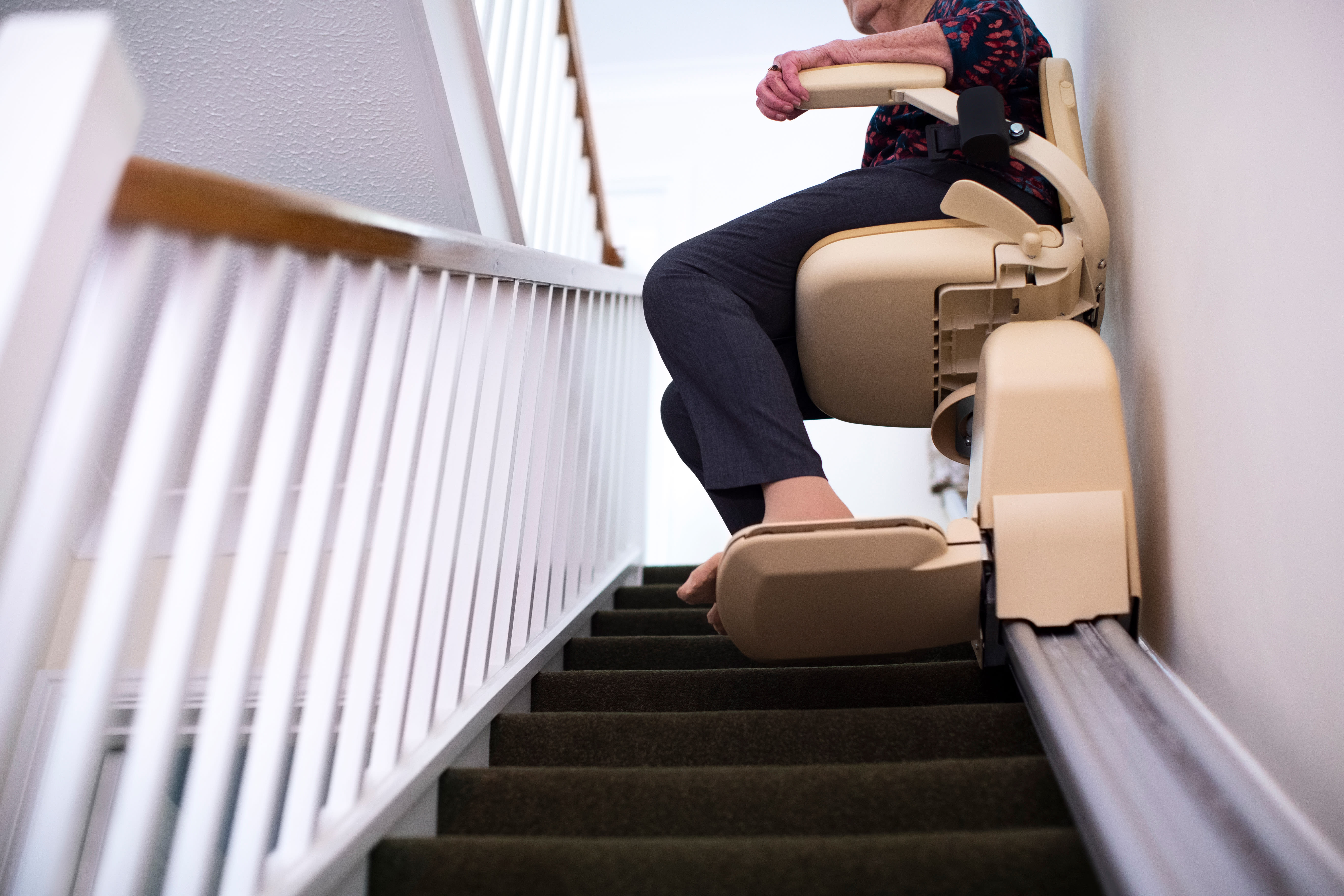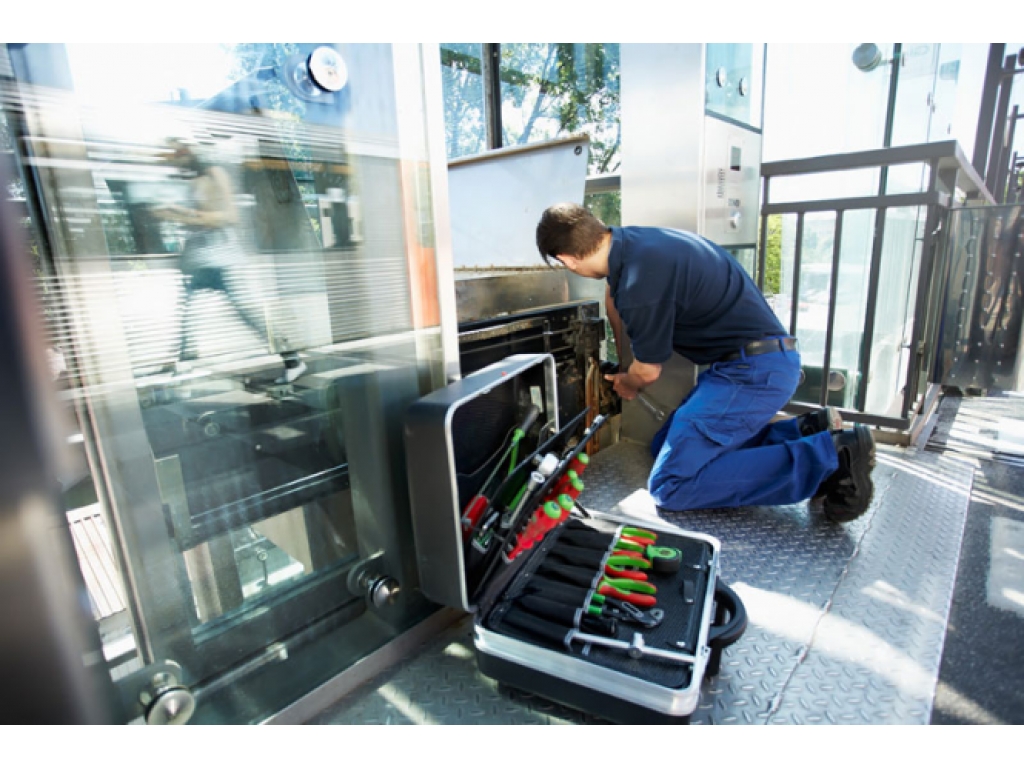How Lift Maintenance London Sticks Out Among Local Lift Repair Companies
How Lift Maintenance London Sticks Out Among Local Lift Repair Companies
Blog Article
Comprehensive Guide to Lift Systems and Their Upkeep
Navigating the detailed world of elevator systems and their maintenance is a task that demands precision and knowledge. From the numerous kinds of elevator systems in use to the meticulous adherence to safety and security policies, the maintenance of these upright transportation gadgets is a multifaceted endeavor.
Kinds Of Elevator Solutions
Lift systems been available in various kinds, each developed to match particular building demands and individual demands. The most common types consist of hydraulic elevators, grip lifts, machine-room-less lifts, and vacuum cleaner lifts. Hydraulic elevators are optimal for low-rise structures and make use of a hydraulic piston to relocate the elevator automobile. Traction elevators, on the other hand, are more fit for skyscrapers and make use of steel ropes and counterweights to move the car. Machine-room-less elevators are a space-saving option as they do not require a separate equipment area for the lift equipment. Vacuum elevators, a more modern-day advancement, use atmospheric pressure differentials to relocate the car within a transparent tube.
Each type of elevator system has its very own advantages and disadvantages, making it essential for building owners and programmers to very carefully consider their certain demands before choosing the most ideal alternative. Variables such as developing elevation, room accessibility, energy efficiency, and spending plan restraints all play a significant duty in establishing the ideal elevator system for a certain structure.
Usual Maintenance Problems
Routine upkeep of elevator systems is necessary to make sure smooth operation and extend their lifespan. Regardless of routine upkeep, lift systems can still come across common maintenance problems that require to be without delay addressed to avoid interruptions in solution. One of one of the most frequent concerns is door malfunctions. Elevator doors might get misaligned, leading to concerns with opening and closing appropriately. This can create delays and safety and security hazards, requiring immediate focus from upkeep professionals. An additional typical issue is associated with the elevator's leveling precision. If the elevator does not straighten correctly with the floorings, travelers might experience tripping risks and pain. Furthermore, problems with the control system, such as sensing unit problems or electric issues, can cause the elevator to malfunction or quit working completely. Normal examinations and proactive upkeep can aid identify and settle these usual maintenance concerns before they rise and affect the total efficiency of the lift system.
Safety Laws and Conformity
Complying with strict security policies and making certain compliance with market standards are critical for keeping the functional integrity of elevator systems. Lifts are subject to a thorough collection of safety guidelines to protect travelers, upkeep workers, and the general public. Governing bodies such as the Occupational Safety and Health Administration (OSHA) in the USA and the European Lift Organization (ELA) in Europe establish guidelines that cover various aspects of lift layout, procedure, maintenance, and installment.
Conformity with these regulations is not just a legal requirement however also a moral obligation for building owners and lift maintenance firms. Failing to meet security standards can result in fines, lawful obligations, and, most importantly, threaten the safety of people utilizing the elevator. Regular assessments, upkeep checks, and adherence to security methods outlined in the policies are necessary to make sure the efficient and secure operation of lift systems. By focusing on safety guidelines and compliance, stakeholders can support the depend on of the general public and alleviate possible risks connected with elevator use.
Best Practices for Maintenance

An additional crucial finest practice is to quickly attend to any type of uncommon sounds or noted problems to stop further damages. Carrying out an aggressive technique to maintenance can conserve time and cash over time by staying clear of pricey repair services or substitutes. Structure proprietors should also take into consideration buying innovation upgrades to enhance the performance and security of their lift systems. By complying with these finest methods, lift systems can operate smoothly and securely, supplying reputable vertical transport for owners.

Advanced Technologies for Performance
Executing innovative technologies in lift systems can considerably boost operational efficiency and passenger experience. lift maintenance company. Among the vital improvements in elevator innovation is the intro of destination control systems. These systems enable travelers to input their preferred flooring prior to getting in the lift, which then directs them to one of the most effective car. By optimizing and decreasing unneeded quits travel paths, location control systems minimize wait times and congestion in high-traffic structures.
Furthermore, the assimilation of clever sensing units and anticipating upkeep capacities has transformed lift upkeep. These sensors can find possible issues before they escalate, allowing aggressive upkeep interventions and minimizing downtime. In addition, using energy-efficient parts and regenerative drives helps reduce power consumption and operating expense in elevator systems.
Additionally, the execution of cloud-based monitoring and remote diagnostics enables real-time tracking of lift efficiency and instant troubleshooting of any kind of malfunctions. This positive strategy not just enhances system reliability but also improves the overall individual experience by ensuring uninterrupted and smooth lift operations.
Verdict
To conclude, understanding the various kinds of elevator systems, typical maintenance issues, safety guidelines, best maintenance methods, and progressed modern technologies for effectiveness is essential for making sure the smooth procedure of lifts. By adhering to safety regulations and applying finest techniques for maintenance, building proprietors can prolong the lifespan of their lift systems and ensure the safety of travelers. It is very important to stay upgraded on the most current advancements in elevator technology to improve efficiency and integrity.
The most usual types consist of hydraulic lifts, grip lifts, machine-room-less lifts, and vacuum cleaner elevators. Hydraulic elevators are suitable for low-rise buildings and make use of a hydraulic piston to move the elevator look these up automobile. Machine-room-less lifts are a space-saving option as they do not require a different maker area for the elevator equipment. Regular assessments and positive upkeep can help recognize and solve these common upkeep issues before they visit here rise and impact the total efficiency of the elevator system.

Report this page